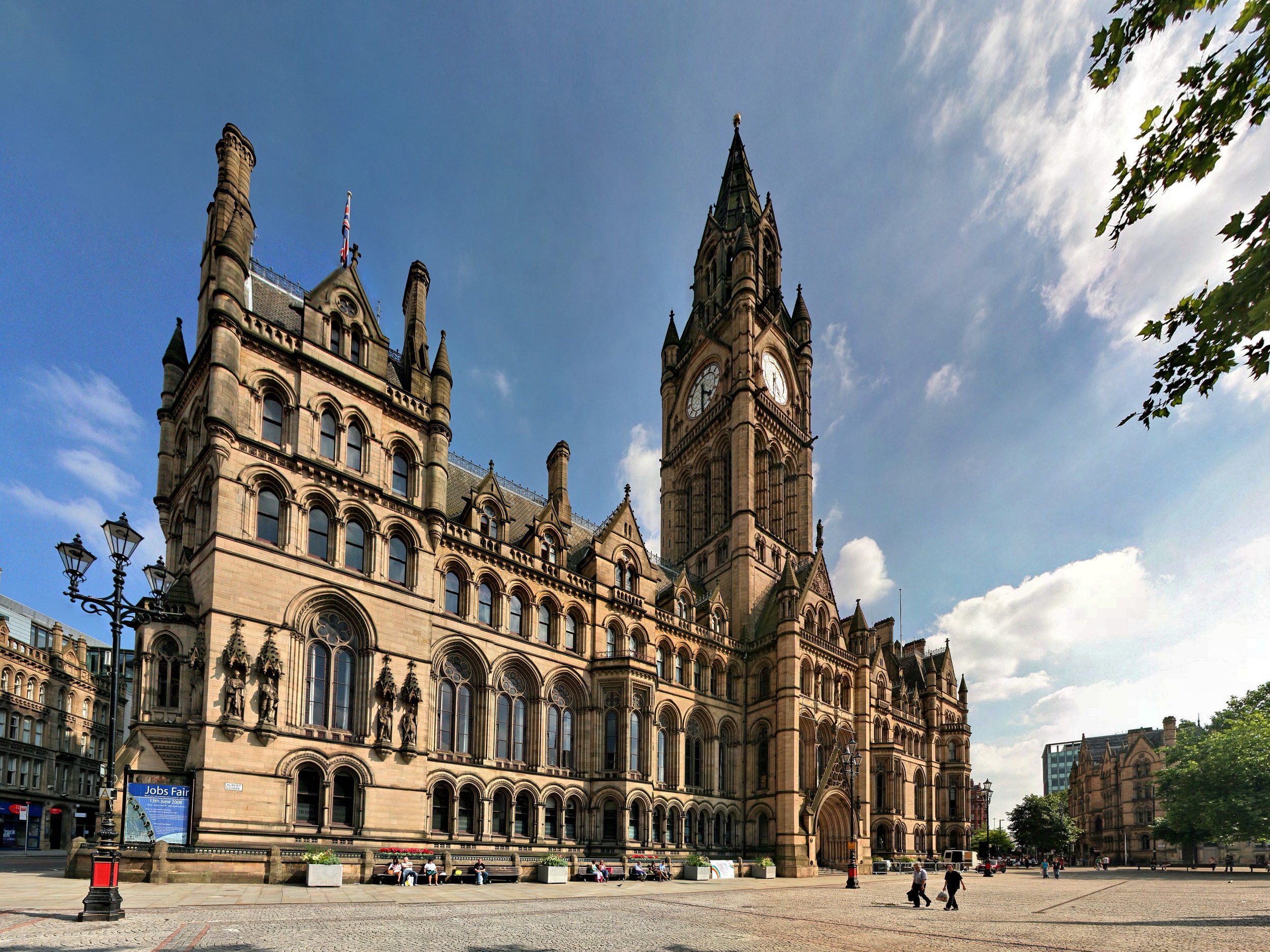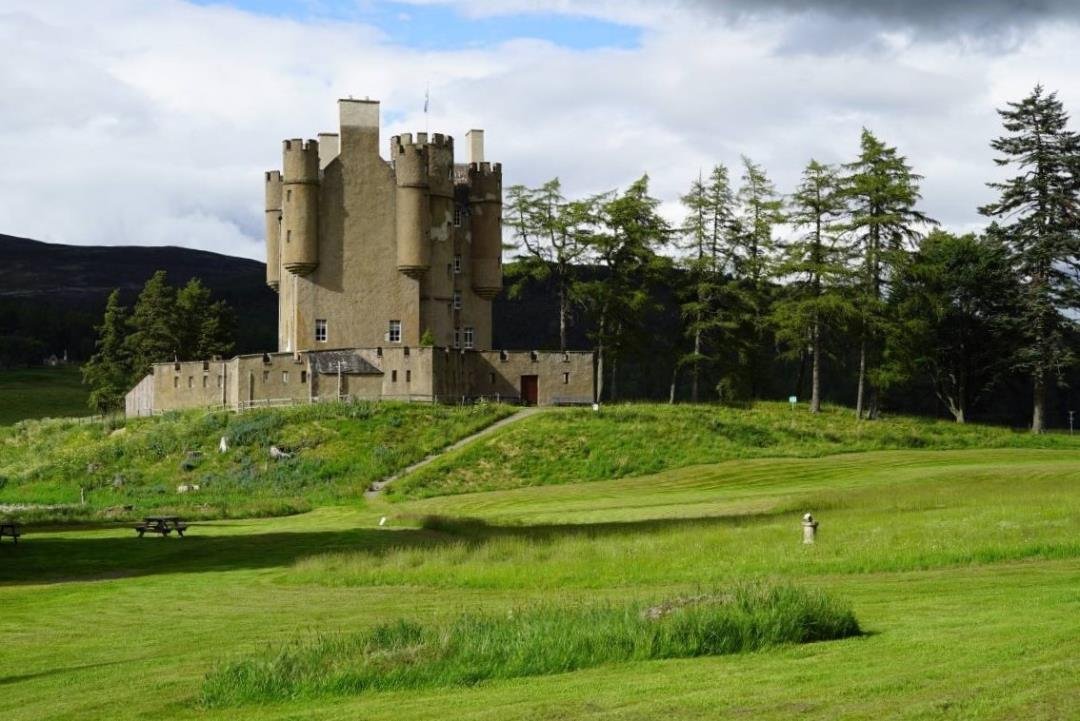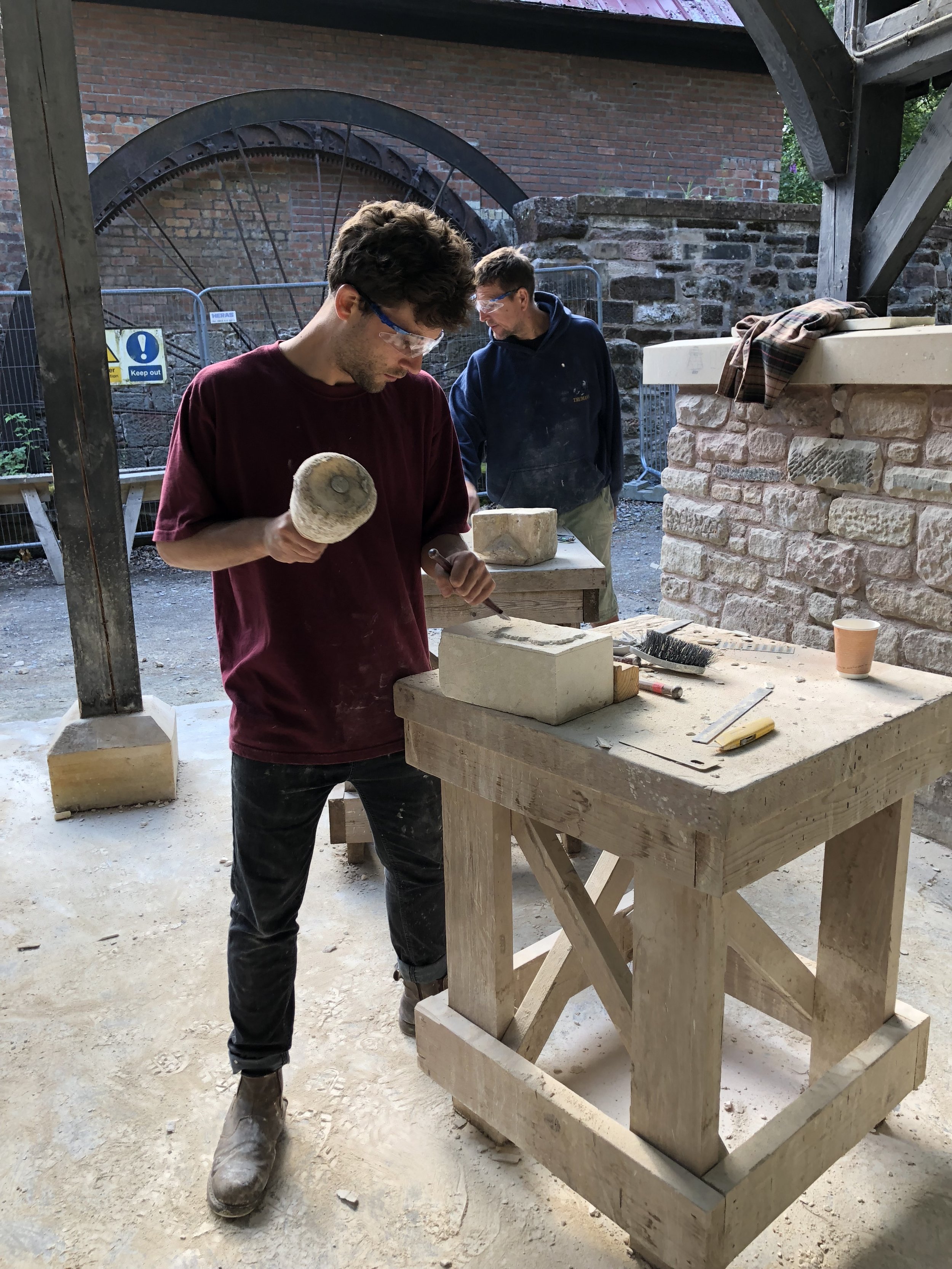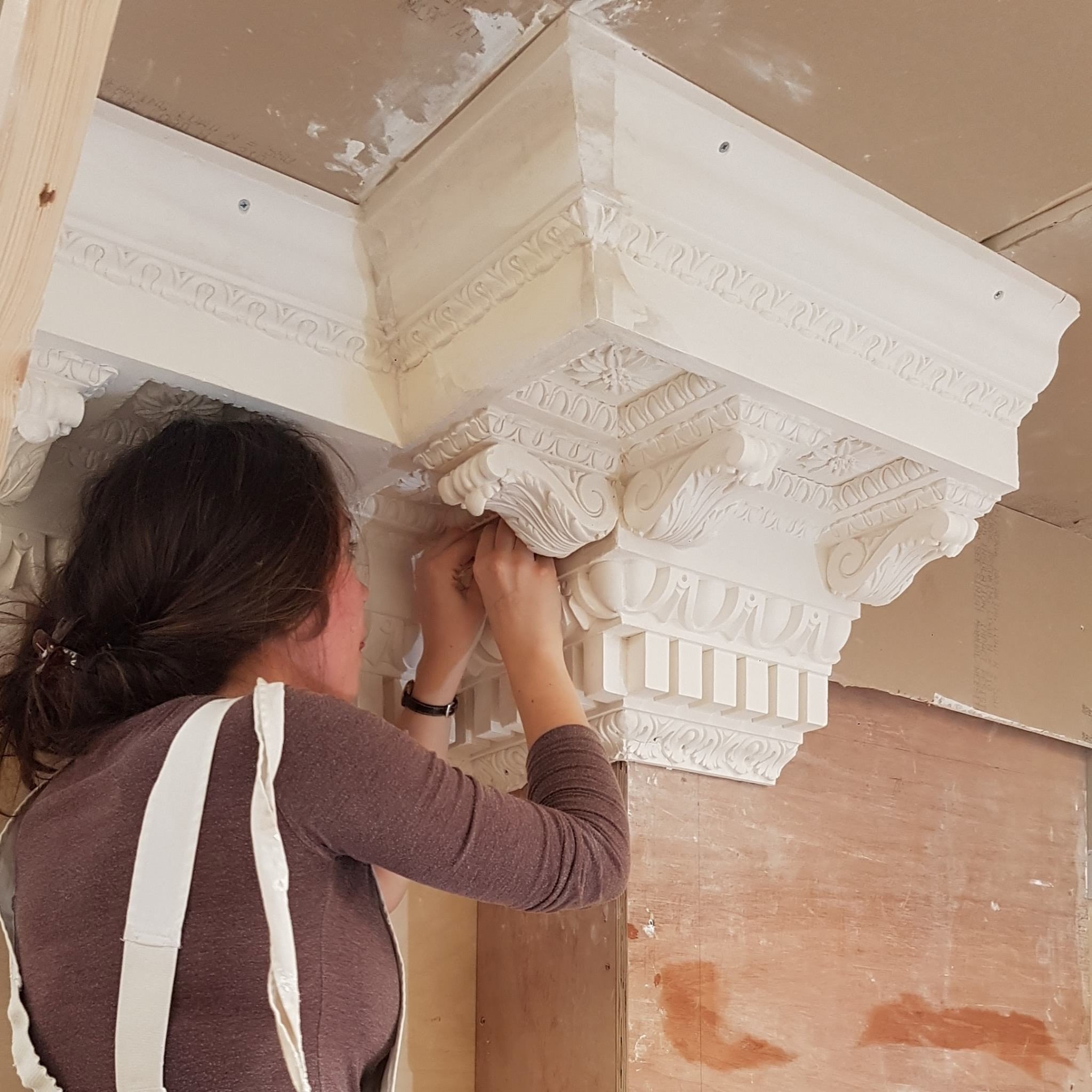Skills for Young People: The Prince’s Foundation
Regular support
His Majesty King Charles, as Prince of Wales, was an active proponent for the retention of traditional building and craft skills. The Historic Houses Foundation has been proud to join in his drive to improve opportunities for young people to develop traditional skills and maintain heritage attractions through The Prince’s Foundation. The HHF has supported The Prince’s Foundation for the past 10 years and it is one of very few organisations which receive repeat funding on a long-term programme. The grant is to the Building Crafts Programme which focuses on training for young people in traditional crafts to achieve an NVQ3 qualification in heritage skills.
All over the Country
The Buildings Crafts Programme is now run mainly from Dumfries House in Ayrshire, where The Prince’s Foundation has been based since 2018. Recognising that there is a shortage of skilled crafts practitioners providing expertise in traditional crafts like stonemasonry, thatching, plastering, carpentry and blacksmithing, the eight-month long Buildings Crafts Programme aims to establish a new generation of skilled master craftsmen, bridging the gap between basic qualifications and specialist heritage conservation skills. The course includes two Live Build experiences and students quickly move on to a real-life conservation project. The Dumfries House estate has offered a variety of opportunities for restoring existing buildings and for building new with traditional techniques but The Prince’s Foundation has taken on a whole series of Live Build work experience programmes at places which include Canterbury Cathedral, Hillsborough Castle in Northern Ireland and the Garrison Chapel at Chelsea Barracks in London, which it has opened as a new exhibition space.
Win a Bursary
The Historic Houses Foundation funding recognises the crucial importance of the Building Crafts Programme in raising standards for heritage conservation. The grant helps to provide bursary funding so that students, who are all already employed in the building industry, can join the course from a variety of backgrounds. The 11 students in 2022’s intake will be working on some of the most significant restoration projects currently underway in the UK, improving their skills in carpentry, blacksmithing, roofing, stonemasonry, plasterwork and brickwork. Roofer, Chris Menzies, is now on work experience on the multi-million pound restoration of Manchester Town Hall, Gothic Revival architect Alfred Waterhouse’s masterpiece for Manchester City Centre, due for completion in 2024. The slates Chris is working with have all been sourced from the quarry which supplied the original slates in 1877. Cormac Bignall Young is working with Harper & Allen Masonry on the restoration of the plasterwork at Braemar Castle in Aberdeenshire as part of the Raising the Standard conservation programme for the local community trust. The turreted Highland towerhouse was built in 1628 by John Erskine, the 6th Earl of Mar as his Highland hunting lodge. The ongoing restoration at Windsor Castle will provide exceptional work experience for Dario Thomson, trainee stonemason. Meanwhile, Matthew Pugh is a brickworker now working at neo-classical Tottenham House Stables, built in 1818 by Thomas Cundy for the politician, Thomas Bruce, 2nd Earl of Ailesbury.
Future proofing historic buildings
A recent survey revealed that 80% of Buildings Crafts Programme graduates were still working in the heritage sector – proof, surely, not just that the skills learned have a practical application but that there is still a real need for training in heritage building skills. The Historic Houses Foundation believes that its grant to the Programme helps give young people a chance to move from general building into specialist areas of conservation ensuring that these expert skills, so vital to maintain our heritage buildings, are continued into the next generation.





